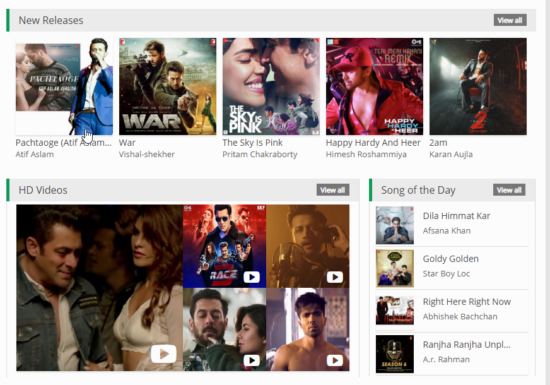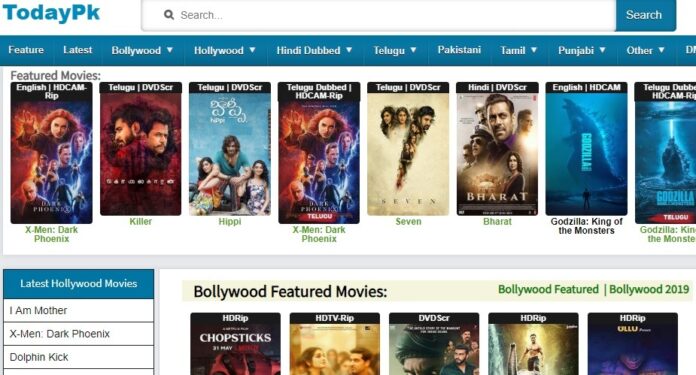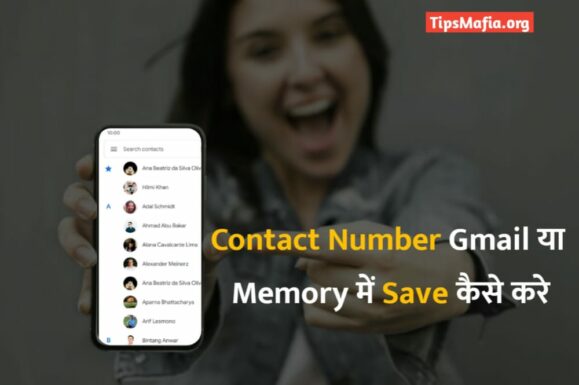A course consists of tutorials or lessons on a specific subject that leads to an exam or qualification. Online courses are the current equivalent of traditional courses: they allow you to arrange and distribute learning content in a way that will enable users to develop their comprehension of a topic.
Videos, photos, text, and hyperlinks can all be used in online courses.
You can instantly share them with users via a link or an invitation email. People who take online courses desire to improve their expertise.
These prefer the flexibility of learning from the comfort of their own home, concentrate better when learning alone, or do not have the time to alter their duties but have the desire and want to improve their education. Online courses are also less expensive than attending a physical university or other educational institutions.
Read this article to find out the five essential elements that one online course needs to have. If you want to dive deeper into what this educational institution is up to, you can check its mission statement. Companies are now using templates for mission statements more often.
1. Specific Learning Goals
All Heading

The concepts, procedures, and abilities that students will master by the end of a learning experience are communicated through learning objectives. Without them, lessons stray, resulting in student confusion.
They assist students in comprehending “Why knowing about … is important to me?”, “What will I be able to accomplish once this course is completed?”, “What am I doing here?”, etc. It is also critical to provide explicit, measurable, relevant, and outcomes-oriented course-level and module-level objectives.
2. Active and Engaging Material

For learners to connect deeply with the material, online course content should provide precise descriptions of new ideas and various examples – analogies and contrasting scenarios. It’s crucial to remember that an excellent online course must give learners examples and non-examples.
The topic must be relevant to the learners and constructive, allowing them to actively participate in their learning and develop their ideas rather than passively consuming large amounts of knowledge.
3. Planned and Laid Out Course Logistics
Learners benefit from having clear expectations because it allows them to better plan their learning and reduces the anxiety that comes with the anticipation of what will happen next.
In addition to being readily available, course objectives, learning methodologies, course timetables, and other components should be explicit, easy to understand, and downloadable. These components should be located on the course’s front page wherever possible.
4. Online Office Hours

Instructors don’t always have time to answer individual students’ queries when presenting to the entire class. Virtual office hours must be scheduled at a specified time of day or week for online courses to be successful.
Allowing students to meet with teachers one-on-one to obtain extra guidance and have their problems answered can significantly impact their understanding. Virtual office hours can provide students with clarity and other engagement that might be lost when communicating exclusively via text or email.
5. Requirements in Terms of Technology Support
As an alternative to technical assistance offered by a help desk, other types of support may include software tutorials, reference guides for apps used in online courses, troubleshooting advice, and information on data privacy and security.
Quality online classes use technology to enhance the learning process rather than complicate it, as is often the case.
Conclusion
Online learning has become the norm for many schools and platforms around the world and a source of further education and knowledge improvement for some people who wish to better their skills and knowledge. The high-quality online course should include every one of the critical components described above.













Recent Comments